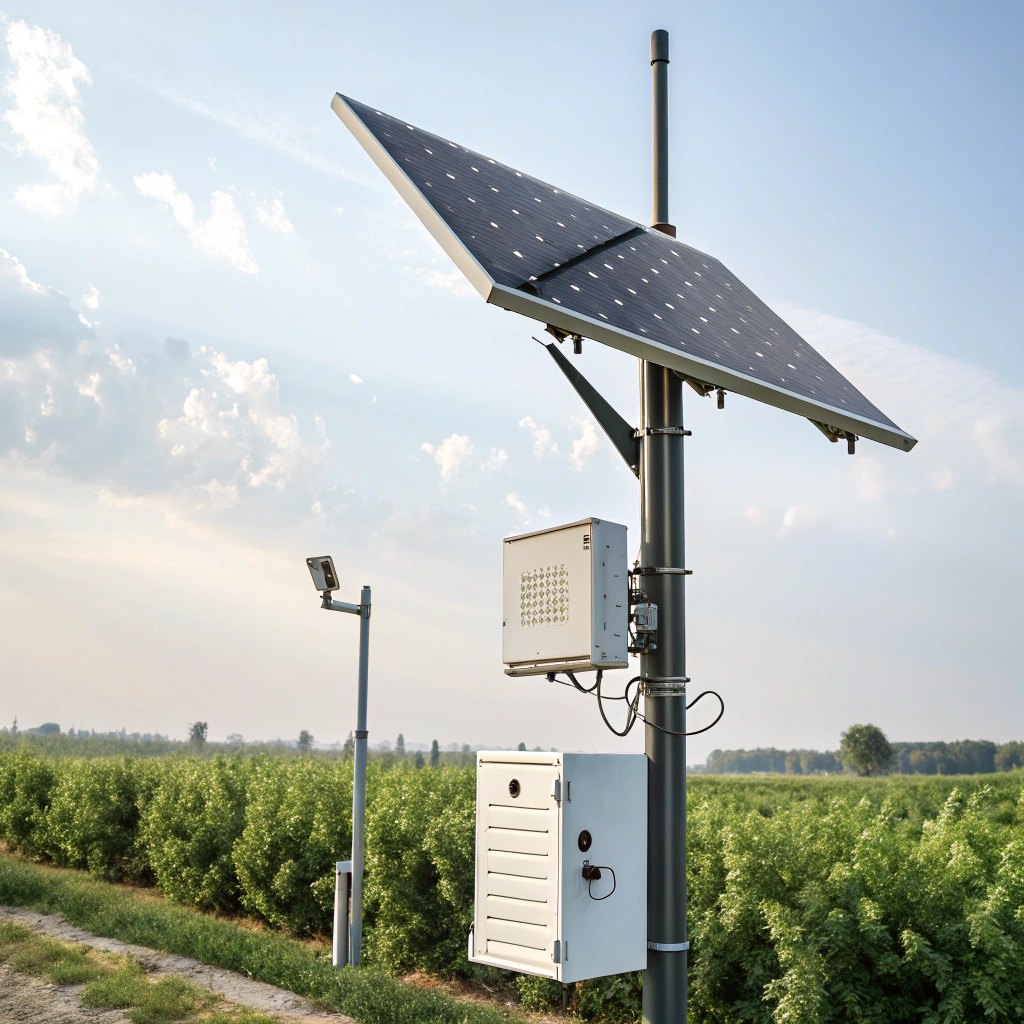How Solar-Powered WiFi Base Stations Promote Digitalisation and Inclusive Communications?
•
How Solar-Powered WiFi Base Stations Promote Digitalisation and Inclusive Communications?
Struggling with unreliable internet in remote areas? Solar-powered WiFi base stations[^1] might be the game-changing solution you've been waiting for.
Solar-powered WiFi base stations[^1] combine renewable energy[^2] with wireless connectivity to provide reliable internet access in off-grid areas, bridging the digital divide[^3] and enabling inclusive communications.
While traditional telecom infrastructure struggles to reach remote locations, solar-powered solutions are quietly revolutionizing connectivity. Let's explore how this technology works and why it matters for global digitalization.
Analysis of the Technical Principles Behind the Combination of Solar Power and Wireless Networks?
Ever wondered how sunlight can power your internet connection? The science behind this innovation is simpler than you think.
Solar-powered WiFi stations use photovoltaic panels to convert sunlight into electricity, storing it in batteries to power wireless transmitters 24/7, creating self-sustaining networks independent of grid infrastructure.
The Energy Conversion Process
The magic happens in three key stages:
- Energy Harvesting: High-efficiency solar panels (18-22% conversion rate)
- Power Management: Smart charge controllers prevent overcharging
- Energy Storage: Deep-cycle batteries (typically lithium-ion) for night operation
Wireless Network Integration
These stations integrate with:
- 4G/LTE or WiFi 6 transmitters
- Mesh networking capabilities
- Cloud-based network management
| Component | Function | Key Benefit |
|---|---|---|
| Solar Array | Converts sunlight to DC power | Renewable energy source |
| Battery Bank | Stores excess energy | 24/7 operation |
| Wireless AP | Provides connectivity | Last-mile access |
The systems typically achieve 99.5% uptime with proper sizing, making them as reliable as grid-powered alternatives in sunny climates.
Market Opportunities for Telecommunications Operators and EPC Partners?
Why are telecom giants suddenly investing in solar WiFi? The untapped potential is staggering.
The global solar WiFi market will reach $1.2B by 2027 (CAGR 12.3%), offering telecom operators new revenue streams through rural coverage and governments cost-effective digital inclusion solutions.
![Infographic showing market growth projections[^4]]
Three Lucrative Business Models
- Pay-as-you-go Internet: Micro-payments for village kiosks
- Government Subsidized: Universal service obligation projects
- Enterprise Solutions: Mining camps, agricultural IoT
Implementation Cost Comparison
| Deployment Type | Capex | Opex | ROI Period |
|---|---|---|---|
| Traditional Tower | $200k | $3k/month | 5-7 years |
| Solar WiFi Station | $15k | $200/month | 1-2 years |
EPC partners can leverage standardized designs to deploy 100+ units annually, with maintenance contracts creating recurring revenue streams.
Prospects for the Application of Solar-Powered WiFi Base Stations in Smart Cities and the Internet of Things?
Could solar WiFi be the missing link for smart city ecosystems? The integration potential is transformative.
Solar WiFi stations enable distributed IoT networks[^5] by providing power and connectivity for sensors, cameras, and smart devices without expensive grid connections, accelerating smart city deployments.
![Smart city concept with solar-powered sensors and WiFi nodes]
Key Implementation Areas
- Traffic Management: Solar-powered traffic counters
- Environmental Monitoring: Air quality sensors
- Public Safety: Off-grid surveillance cameras
Technical Advantages for IoT
| Feature | Benefit | Example Use Case |
|---|---|---|
| Low Power Consumption | Longer battery life | Soil moisture sensors |
| Self-Healing Networks | Higher reliability | Smart street lights |
| Edge Computing | Reduced latency | Traffic flow analysis |
Cities like Barcelona and Singapore are already piloting these solutions, seeing 40% reductions in deployment costs compared to wired alternatives.
Conclusion
Solar-powered WiFi base stations[^1] democratize internet access while creating sustainable business opportunities, proving that green technology can drive digital transformation.
[^1]: Explore how these stations can provide reliable internet access in remote areas, bridging the digital divide.
[^2]: Learn about the role of renewable energy in enhancing connectivity and promoting sustainability.
[^3]: Understand the challenges of the digital divide and how innovative solutions can help overcome them.
[^4]: Get insights into the future of the solar WiFi market and its potential for growth and investment.
[^5]: Explore how solar WiFi stations support IoT networks and improve connectivity for smart devices.





